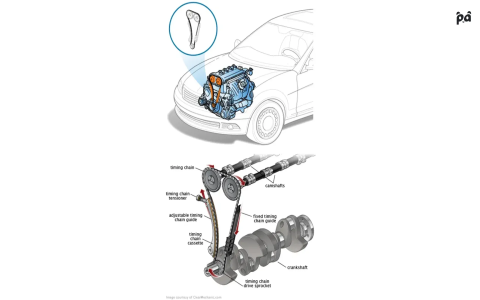Locating the serpentine belt routing diagram for your 2005 Honda Odyssey is essential for correct replacement. Here are the most reliable methods:
Primary Methods
- Owners Manual: Check the glove compartment. Basic belt information or a diagram might be included in the manual supplement.
- Underhood Label: Open the hood and inspect the radiator core support or strut tower. Look for a durable sticker displaying the belt routing schematic (this is the quickest option if present).
- Repair Manual: Consult a physical or digital copy of a Honda Odyssey-specific manual from publishers like Haynes (No. 42073) or Chilton.
- Official Honda Service Information: Access the official Honda service portal (requires subscription) for factory-accurate diagrams and procedures.
Alternative Sources
- Online Auto Parts Retailers: Major retailers often include belt routing diagrams on product pages when searching for a 2005 Odyssey serpentine belt.
- Dedicated Auto Repair Information Websites: Use reputable sites specializing in automotive repair data.
- Vehicle-Specific Forums: Search archives of Honda Odyssey enthusiast forums. Members frequently share diagrams and photos.
Key Considerations
- Engine Type: Ensure the diagram is for the 3.5L V6 (J35A4 engine), the standard engine for US/Canadian 2005 Odyssey models.
- AC Compressor: Verify if the diagram includes routing for models equipped with air conditioning.
- Photo Confirmation: If using an online source, compare diagrams from multiple sources. Take a photo of your original routing before removing the old belt for verification.
Essential Safety & Procedure
- Engine Off & Cool: Always work on a completely cooled engine with the ignition off.
- Release Tension Correctly: Use the proper size wrench/socket (usually 14mm or 17mm) on the automatic belt tensioner pulley bolt. Rotate the tensioner away from the belt to release tension. Never pry against the belt or pulleys.
- Match the Grooves: Ensure the ribs on the new belt seat correctly into the grooves on all pulleys according to the diagram.
- Inspect Components: Check all pulleys and the tensioner/idler bearings for roughness, play, or noise while the belt is off. Replace any faulty components.
Accurate routing is critical for belt life and preventing accessory failure. Never rely solely on memory.

